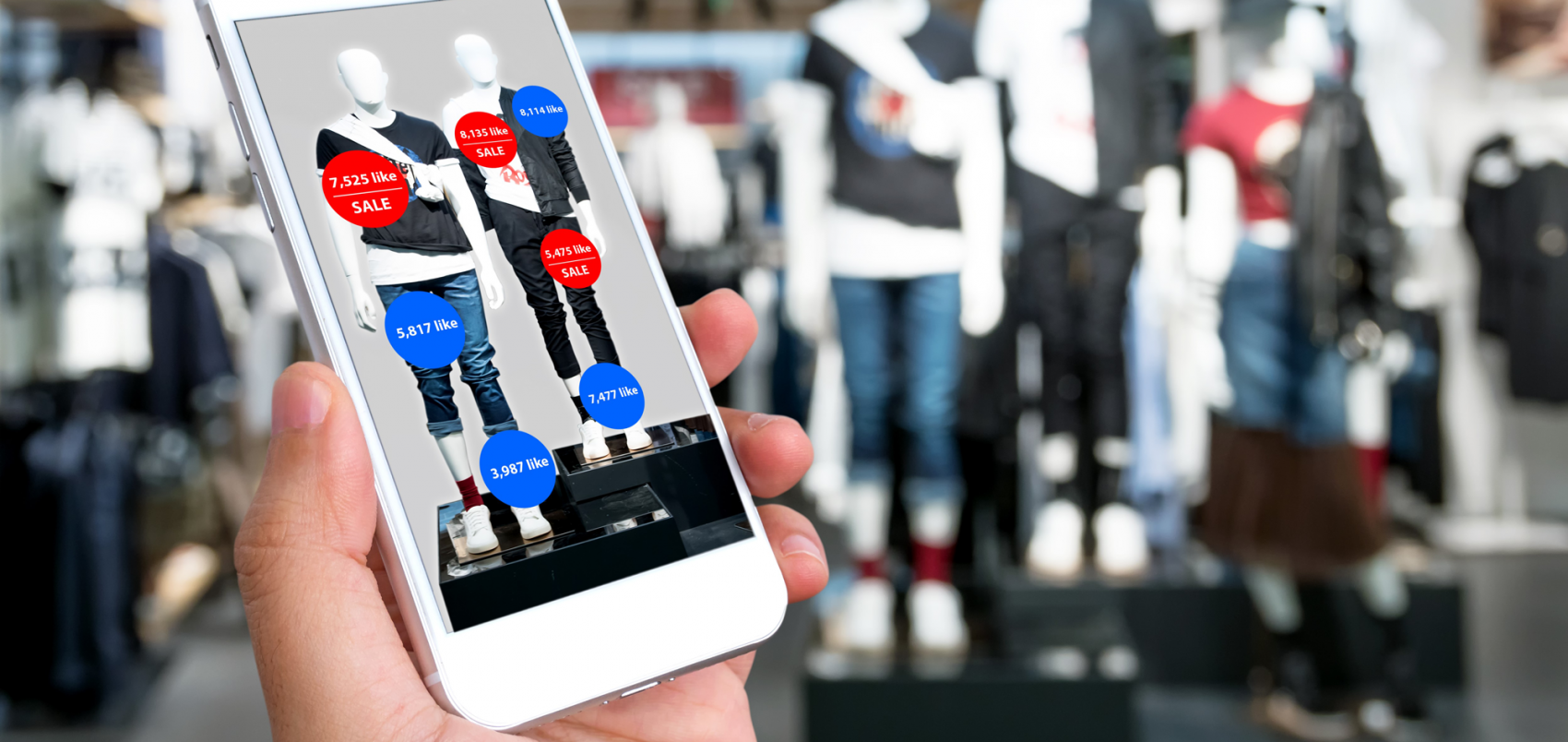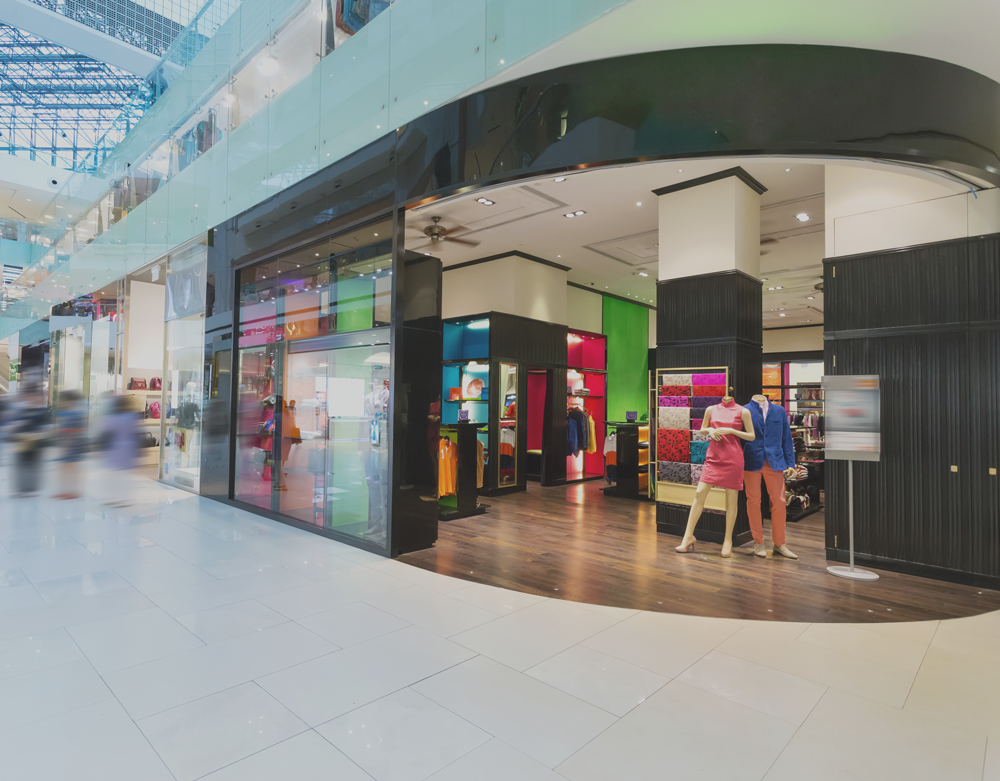
The retail industry today is more exciting than ever. With increases in technological advances, shopping has become a part of consumers’ everyday lives. Now, they can shop anytime and anywhere at their own convenience. The modern shopper is always in control, always in the “driver’s seat.” And they expect to have their shopping needs met by the brands they choose.
According to Kelly Bransten in Microsoft and PSFK’s eBook, “Success in this new era is dependent on understanding and anticipating the needs of customers at every stage of the retail journey.”
In order to ensure future success, brands need to find ways to capitalize on the emerging trends in the retail industry.

Create Raving Fans
Shoppers want a customer-first kind of experience. And, with increased technology, brands are now able to gather valuable consumer data to help them accomplish exactly that. Consumers today are more open to sharing their data with brands, but they expect a more personalized shopping experience in return.
To deliver a more exceptional experience using customer data, brands first need to understand what kind of information is necessary. Once they have gathered the appropriate data, brand marketers should send personalized recommendations that address the individual needs of the shopper. These recommendations can be delivered electronically as emails or physically in the form of creative, attractive direct mailers. When customers feel their individual needs have been met by your brand, they’ll be more likely to make purchases in the future, and to recommend your brand to others.
Consumers are more likely to give out personal information to brands when they feel they will receive exceptional service in return. So, one way to incentivize customers to share their personal data is to offer exchange benefits such as discounts, loyalty points, and access to special, recommended deals. This exchange of information also helps establish trust between the customer and brand marketer, resulting in a higher conversion of raving fans for the brand.
Ensure Positive Brand-Customer Interactions
In the retail industry, it is extremely important for customers to have positive interactions with brand representatives. As a result, brands need to focus on training employees to be knowledgeable, so that they can provide accurate information when discussing their products with shoppers. They also need to be equipped and ready to present useful solutions to any problem. When brand representatives are passionate about the products they’re selling, they are positively impacting the minds of potential buyers.
As the experts at Microsoft and PSFK explain, “Despite collecting a variety of insights on individual shoppers from their online browsing behaviors, purchase history, loyalty membership and location, most companies fail to develop this information into an actionable customer view.”
Brands need to know how to effectively capitalize on customer data in order to drive sales and increase revenue. And they can do exactly that when they have well-trained, knowledgeable employees representing their brand.
When customers leave your store feeling satisfied with their interaction, they are more likely to shop with your brand again, and to recommend your superior service to friends and family members.

Capitalize on Advances in Technology
Some brands are differentiating themselves by implementing data-driven initiatives that help them offer innovative products that have not previously been introduced to the market. They are able to do so by analyzing customer preferences and shopping patterns.
To more effectively fulfill customers’ expectations, some brands are utilizing customer relationship management (CRM) systems to unify their customer journeys across all channels. These systems notify employees when a shopper has entered the store, and then automatically trigger the delivery of recommendations. With this technological approach, brand employees are instantaneously informed of the arrival of a new customer, enabling them to more efficiently provide personalized service and assist the customer in their shopping process. This empowers brands to achieve more sales as well as higher customer satisfaction rates.
Brands should conduct Research and Development with customer needs always at the top of mind. By logging consumers’ in-store behaviors, interactions with products and employees, shopping patterns, and feedback, brands can develop a deeper understanding of their customers’ shopping needs. Using this understanding, they are able to respond better to the nuances of their shoppers, thus improving the customer experience.
*****
The retail industry is changing, and new trends are emerging. In order to remain profitable in this new age, retail brands need to adapt to these changes and find ways to capitalize on them.
Personalizing the customer experience to meet shoppers’ individual needs, ensuring that your employees have the training and knowledge necessary to engage in positive interactions with consumers, and effectively utilizing technological advances to your marketing advantage are important steps you can take as a brand marketer in order to flourish in this ever-changing market. By understanding these useful actions, retail brands are more likely to remain profitable and ensure a successful future for their business.
Related blogs:
Subscribe to the Blog
Why NVISION?
For more than three decades we’ve partnered with Fortune 500 companies to deliver marketing operations solutions. Led by a strategic account management team, we’ll help you develop, procure, fulfill and distribute printed collateral, signage, point-of-purchase displays, direct mail, branded merchandise and much more.













 Project Title
Project Title Project Title
Project Title